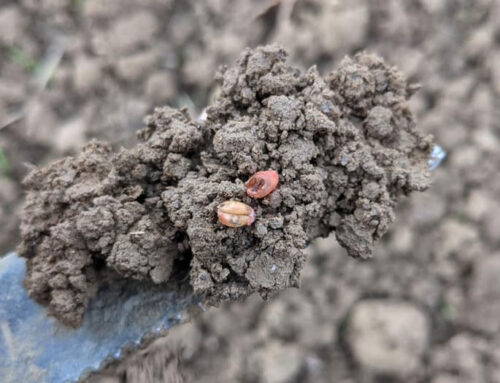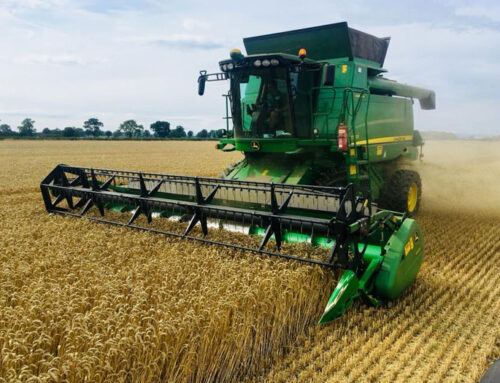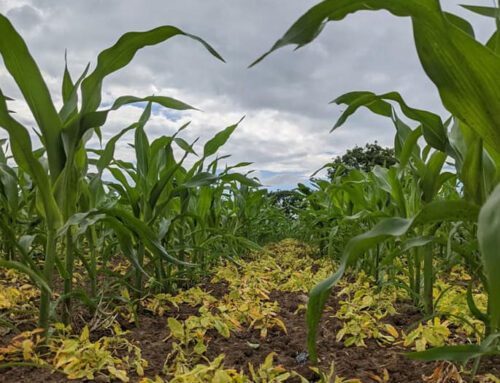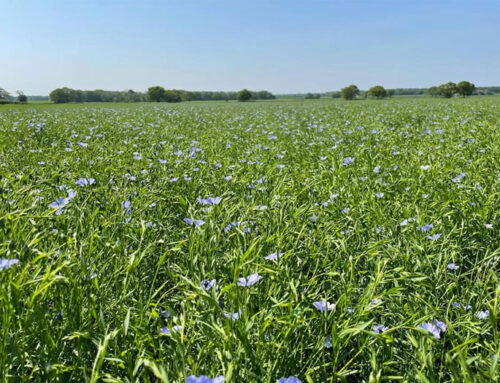I think chalk and cheese is a fitting phrase when comparing last autumn to this. Despite the extremely wet October, November has been relatively dry allowing most of my clients to get all their planned winter cereals in the ground with a small handful managing to get a few bonus fields of wheat into the mix as well. The recent settled weather has allowed sprayers to catch up with the job list while propyzamide applications on oilseed rape are the last ones to be ticked off. With recent frosts and a cold spell predicted in the next few days, the sprayers will hopefully venture out one last time and get these done before a wash off, anti-freeze then being safely tucked away for winter.
Field conditions are looking favourable with minimal sprayer wheeling’s left behind after the autumn campaign. Now that a pathway has already been carved and providing conditions in the spring are favourable, we are already on a good start to levelling fields up.
Winter wheats are looking well here in Yorkshire with those early drilled crops nicely approaching tillering. The later sown crops are around the 2-leaf stage and in some cases are still under bombardment from armies of slugs. Ferric Phosphate applications have been made into the worse affected areas however I am hoping the predicted cold weather will slow their activity and send them back down below never to rear their ugly heads again! Direct drilled crops seem to be the slowest out the blocks and any sown prior to the deluge of rain late October have unfortunately given up the ghost and rotted off, leaving these to be dealt with in the spring. Those sown earlier look great and in line with conventionally sown crops. Field conditions are better in the direct drilled crops with spray applications being ticked off before any others.
Winter barleys are well into tillering now and despite lighting up the countryside with their minion yellow glow is in good health entering into the winter.
Winter kill has started in oilseed rape allowing the canopy to open up exposing any broad-leaved and grass weeds ready for propyzamide +/- aminopyralid applications which I have now raised the chequered flag for. Inspections in plants are showing little larvae presence which will hopefully mean positive results in the early spring. Small amounts of phoma are present however not currently at a threshold where I wish to treat.
Linseed crops look great and have now reached an adequate height to warrant the inclusion of half-rate tebuconazole along with difenoconazole as an autumn fungicide. Weed control from pre-emergence sprays have worked well, however, a few small cotyledons are starting to appear which will now be dealt with in the spring.
With field walking drawing to a more eased level, winter is usually made up of technical meetings and our annual AICC conference. With the current restrictions, all will now be taking place over the internet via zoom. With lots to be updated on like Brexit, Basic Payments and Land Management schemes I look forward to seeing what 2021 has to offer, let’s face it it can’t be any worse than its predecessor….can it?? Finally, I’d like to wish you all a Merry Christmas and a Happy New year, hoping you all can experience some form of normality after what has been a tough 15 months.




